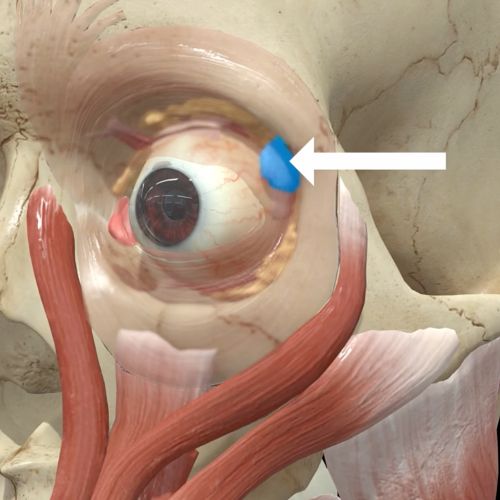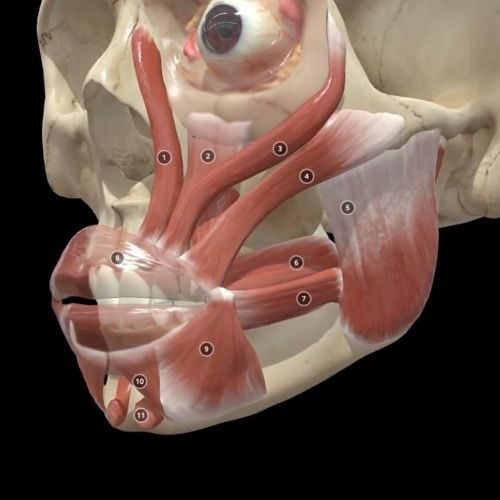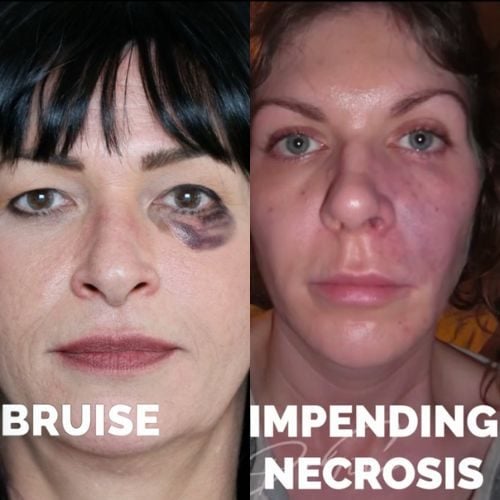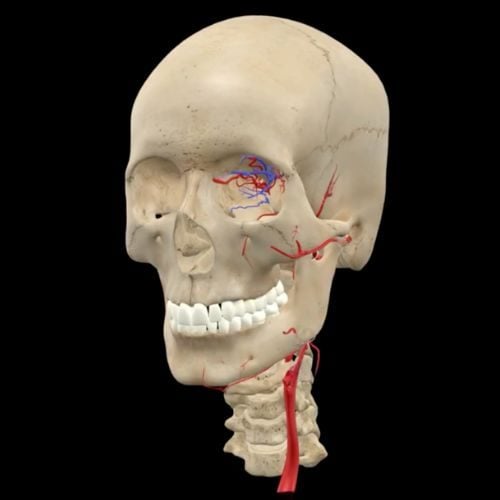- Mail us: support@drtimpearce.com
Necrosis Case Study – Cheek Filler Complications
You may be interested
 Dr Tim Pearce
Dr Tim Pearce
Necrosis and vascular occlusion are serious dermal filler complications issues that even confident aesthetic practitioners can worry about.
Dr Tim Pearce’s weekly Aesthetics Mastery show looked at a case where an experienced aesthetic nurse suffered her own vascular occlusion, involving non-reversible product. She suffered an infraorbital artery vascular occlusion, and went on to experience all the stages of necrosis. The clinician’s perspective on this case means that we can share well documented images and a detailed breakdown of each stage of the complication.
Tim explains:
“There’s something really special and precious about complications that happen to clinicians, and I’ve realized this through a couple of patient interviews that I’ve done over the years.
“When that patient is also a clinician, you get a different level of detail because they document things better. They reflect on things better. They understand all the stages, and very little of the information is lost.
“Usually when you talk to a patient about a complication, unfortunately a lot of the clinical stuff they don’t understand, and they remember more of the experience.
“What you get with a clinician is both the human side and the clinical factual side, and you can put them together for a much clearer picture of what actually happened. “So there’s so much great information in this, and that’s why I thought it was worth doing a YouTube show on it.”
Necrosis Case Review Video
Necrosis Cheek Filler Complications Case Study
The documented version of events shows a real life experience with multiple learning points that can help clinicians to improve their own practice, including:
- Decrease the risk of vascular occlusion
- Decrease the severity of potential VO
- Respond better to complications should they arise
What happened?
Tim explains how the treatment was carried out and what led to the vascular occlusion:
“So the procedure itself, relatively simple when I explain it. It’s not the way we would inject these days, but Julie was injected with a 0.75 mil bolus of Radiesse mixed with lidocaine and adrenaline, and that was placed in her mid-cheek.
“So if I look at the injection point, which you can still see in one of the photographs that were taken, you can see that entry point is just inferior to the angle of the zygoma. A little bit medial to that angle as well, but a little lateral to the mid-pupillary line. So this is very important when you come to understand the anatomy later. It was a 25 gauge needle, 3/4”, and placed on to the periosteum with 0.75 mil of product added, as we said in one bolus. So that’s much more than most of us would inject in one bolus these days, but that was the style 10 years ago.
“The procedure seemingly was completed uneventfully, and neither one of them were concerned until Julie looked in the mirror where she noticed some blanching, and that was the first signal that things hadn’t gone according to plan.
However, it wasn’t entirely obvious that there was a problem. Tim adds:
“…the lidocaine and adrenaline mixture threw both of the clinicians into believing that was a side effect of adrenaline, rather than an occlusion that was causing the blanching.
“So Julie had her suspicions straight away, but she reflectively said that she allowed herself to be fooled into thinking what was more comfortable to believe, which was that it was simply a side effect of the adrenaline. “
 By the evening, things were clearer:
By the evening, things were clearer:
“It was really later on that night, Julie’s husband is a surgeon, and the combination of pain that she started to develop six hours later plus the signs that she could see allowed them to finally make the conclusion that they dreaded, which was this was in fact a vascular occlusion with a nonreversible product.”
It was the discoloration and the livedo reticularis pattern albeit a fleeting example, which confirmed their suspicions. However, as the procedure used a non-reversible dermal filler product, treatment options were limited. Tim continues:
“So the rescue plan in those days was simply to massage the area, to use a warm compress, and then await for requiring wound management. There was no access to a hyperbaric oxygen chamber, so instead we just progress with tissue breakdown.”
What is Livedo Reticularis?
Livedo reticularis is a rash that occurs when the blood supply is disrupted.
It helps to understand that there is an anatomical subunit of vascular supply to the skin, like little cones with a little capillary that runs up the middle, or a branch of capillaries like a tree, where the fresh blood enters the skin, and then the veins drain around the perimeter.
The livedo element is where the deoxygenated blood is building up and creates a dark pattern, usually in a ring shape, which looks like liver – hence the name ‘livedo’.
The livedo pattern and then the reticular pattern is because there are patches of white mixed in with patches of the purple, creating a mottled rash.
It can happen within the first half hour and may remain for a fairly long time, or else can happen a couple of hours later and be quite fleeting.
Stages of Necrosis
This case study shows how the stages of necrosis unfolded, identifying what to look for:
“…The first thing you’ll see after the initial occlusion is simply the pallor, so the paleness that Julie spotted in the mirror but wasn’t sure what it was yet. And then we go into this grey/blue colour with the surrounding livedo reticularis that we talked about. And there is some hint of the reticular pattern within the first 24 to 36 hours in Julie’s case, and you can see this in the pictures.
“And then the earliest sign of pustule formation actually happens around 24 hours because we’ve got all the dates on the photographs, which you can see up on the screen. And that’s earlier than many textbooks would say. We often say 36 hours for the first pustules, but you can definitely see that on the alar of her nose starting a bit sooner. Pustule formation is then really underway by 48 hours, and there’s the first area of coagulation, which is part of the process of necrosis, where the tissue starts to blacken and there’s some bleeding underneath the skin as the vessels lose integrity. So coagulation is simply when the proteins start to break down. It’s just like if you cook an egg, the protein coagulates and changes and becomes firmer. That’s one of the first stages of necrosis as proteins no longer function in their normal way. By 72 hours, the pustules are much worse, and there’s also surrounding inflammation.
“And then by day four, it looks like more of the coagulation stage of necrosis where it’s deteriorating. It still has some tissue integrity with small areas of bleeding underneath and dark areas starting to become visible.
And then by day five, the tissue is breaking down and sloughing off. This stage of necrosis is when the enzymes are basically being released by the dying cells and actually digesting the connective tissue. So your big macromolecules, your protein, the elastin, collagen, all being digested, and it actually starts to slough off, and you can see that very clearly. There’s this movement into a more liquid phase as that dead tissue moves away from the living tissue. And if there’s any good news, then it’s over now. That’s the worst of the tissue death, and we can now get on to the healing phase, which is also beautifully documented by Julie.”
Stages of Healing
“…the inflammation phase starts to pick up around day seven, and then there’s proliferation of new skin cells. You can see this with the changing texture on the surface of the skin and the colour of that tissue, which is clearly living tissue. And this is really underway by the end of the second week. The area also looks a bit lumpy and irregular.
“Most of the healing though, even though it’s lumpy and irregular, is completing by the end of the second and the third week. And then by three weeks, the wound is effectively healed, but it’s not in its final stage of completion. So there’s no more surface of living blood supply to the open air. It’s now healed up, but it’s not neat yet.
“And there’s a remodelling phase, which you can see takes a long time. So the bulk of it’s probably in the first six weeks when the redness dies down, but then there are actually up to two years where the scar can continuously improve itself and become more and more organised.”
Useful Links
Further reading about dermal filler complications and anatomy
You may find the following articles useful:
- 13-point-plan to reduce the risk of vascular necrosis
- Injection Techniques 101: Good Injection Techniques for Dermal Fillers
- 3 stages to Master Facial Anatomy
Still anxious about delivering cosmetic injectables safely?
If you want to learn more about mastering medical aesthetic treatments and complications, or conquering the anxiety of where to place your needle, then register for the next Dr Tim webinar.
Subscribe to our YouTube channel for really useful regular tips and advice. ![]()
Dr Tim Pearce eLearning
Dr Tim Pearce MBChB BSc (Hons) MRCGP founded his eLearning concept in 2016 in order to provide readily accessible BOTOX® and dermal filler online courses for fellow Medical Aesthetics practitioners. His objective was to raise standards within the industry – a principle which remains just as relevant today.
Our exclusive video-led courses are designed to build confidence, knowledge and technique at every stage, working from foundation level to advanced treatments and management of complications.
Thousands of delegates have benefited from the courses and we’re highly rated on Trustpilot. For more information or to discuss which course is right for you, please get in touch with our friendly team.
Related Articles
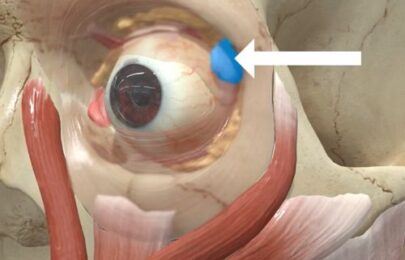 Bestseller
Bestseller
Avoiding Botox Eye Complications From Dry Eye to the ‘Psycho Look’
September 30, 2025
Avoiding Botox Eye Complications From Dry Eye to the ‘Psycho Look’
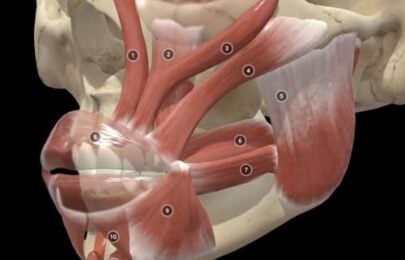 Bestseller
Bestseller
How to Fix a Crooked Smile with Botox
September 25, 2025
How to Fix a Crooked Smile with Botox
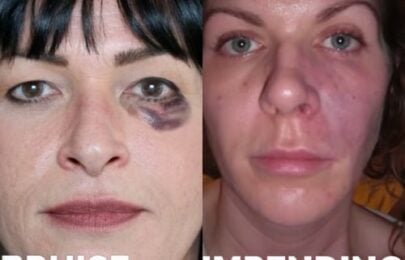 Bestseller
Bestseller
Multiple Causes of Vascular Occlusion and Necrosis
September 23, 2025

